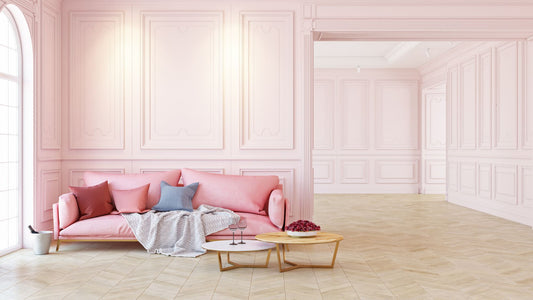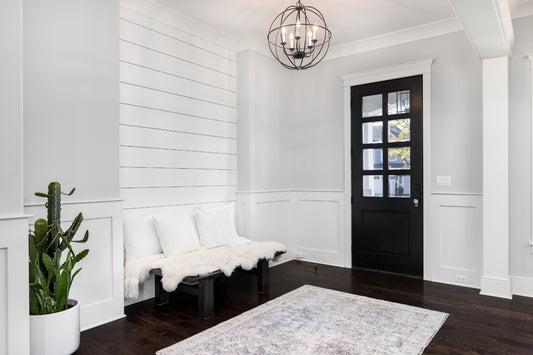
Understanding Architectural Trim: A Guide to Classic Elements
Share
Architectural trim plays a crucial role in both the function and aesthetics of building interiors. This guide explores various types of trim, providing insights into their intended uses and historical significance. Understanding these elements can enhance both the appreciation and application in any architectural project.

Baseboards: The Foundation of Wall Protection Baseboards, running along the bottom of walls, historically protected plaster from furniture and other wear. Today, they continue to serve this protective function while also concealing gaps between the floor and the wall.

Crown Molding: Elegance Above Crown molding is found at the junction of walls and ceilings. Historically, it was used to cover cracks and reduce the dust that might fall from the upper areas. Its decorative contours help to soften the transition between wall and ceiling.

Chair Rails: Practical Elegance Originally designed to protect walls from being damaged by chair backs, chair rails are typically positioned around the height of a chair back. They now also function as a decorative divider for wall treatments.

Wainscoting: Stylish Durability Wainscoting involves wooden paneling that lines the lower part of the walls. It was once crucial for reinforcing walls and providing insulation. Today, wainscoting adds a level of sophistication and can protect walls in high-traffic areas.

Picture Frame Molding: Decorative Highlighting Picture frame molding serves a distinct decorative purpose by creating visual frames on flat wall surfaces. Unlike panel molds that emphasize structure, picture frame molding focuses on framing areas for artistic display, such as paintings or photographs. This type of molding adds a layer of artistic flair and is used to create visual interest and gallery-like sections within a room, enhancing the overall aesthetic without affecting the structural perception.

Door and Window Casings: Framing with Purpose Casings are the moldings that encircle doors and windows. They were originally used to block drafts and cover gaps between rough openings in the structure and the doors or windows themselves. Their aesthetic role is to provide a visual frame that defines entrances and views.

Panel Molds: Structural Elegance Panel molds are primarily used to define and enhance the architecture of a space. These decorative trims outline and segment walls, ceilings, or doors, adding a three-dimensional depth that accentuates the structural elements of a room. Historically, they were integral to the design of paneled walls, not only for their decorative value but also for highlighting the construction and divisions within a space.
Conclusion: Each type of architectural trim has a story that reflects both its utility and decorative heritage. By understanding the purpose behind each piece, professionals and homeowners alike can make informed choices that respect both the history and function of these elegant architectural details.




